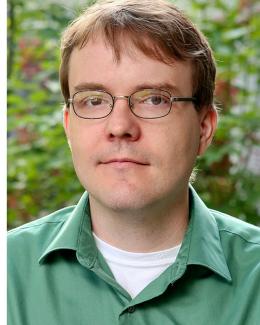Abstract
Tungsten (W) has been perceived as one of the most promising plasma facing materials (PFMs) for future fusion reactors. In the past decade, its behavior under irradiation and helium (He) plasma interaction has been extensively studied. However, some key knowledge gaps still exist, such as the influence of crystallographic orientation on the surface and subsurface evolutions. In this work, we focus on the He ion-beam irradiation damage effects in mirror-polished single-crystalline W samples with three different surface planes of {100}, {110} and {111}. Irradiation was performed at room temperature using 40 keV He+ to a fluence of 1 × 1016/cm2, followed by thermal desorption spectroscopy (TDS) up to ~1920 K. The microstructures of He-irradiated W before and after TDS heat treatment were characterized by scanning and transmission electron microscopy. Subsurface He bubbles were imaged in all irradiated samples, but newly formed <111>-oriented surface grains and surface blisters were only observed in W {100} and {110} starting orientations. These results reveal that radiation damage, He thermal desorption, and surface/subsurface evolution are all strongly dependent on crystallographic orientation. Underlying physical mechanisms are discussed based on ion channeling effects, He-vacancy interactions, and surface diffusion. These findings provide new insights into He effects in W.



